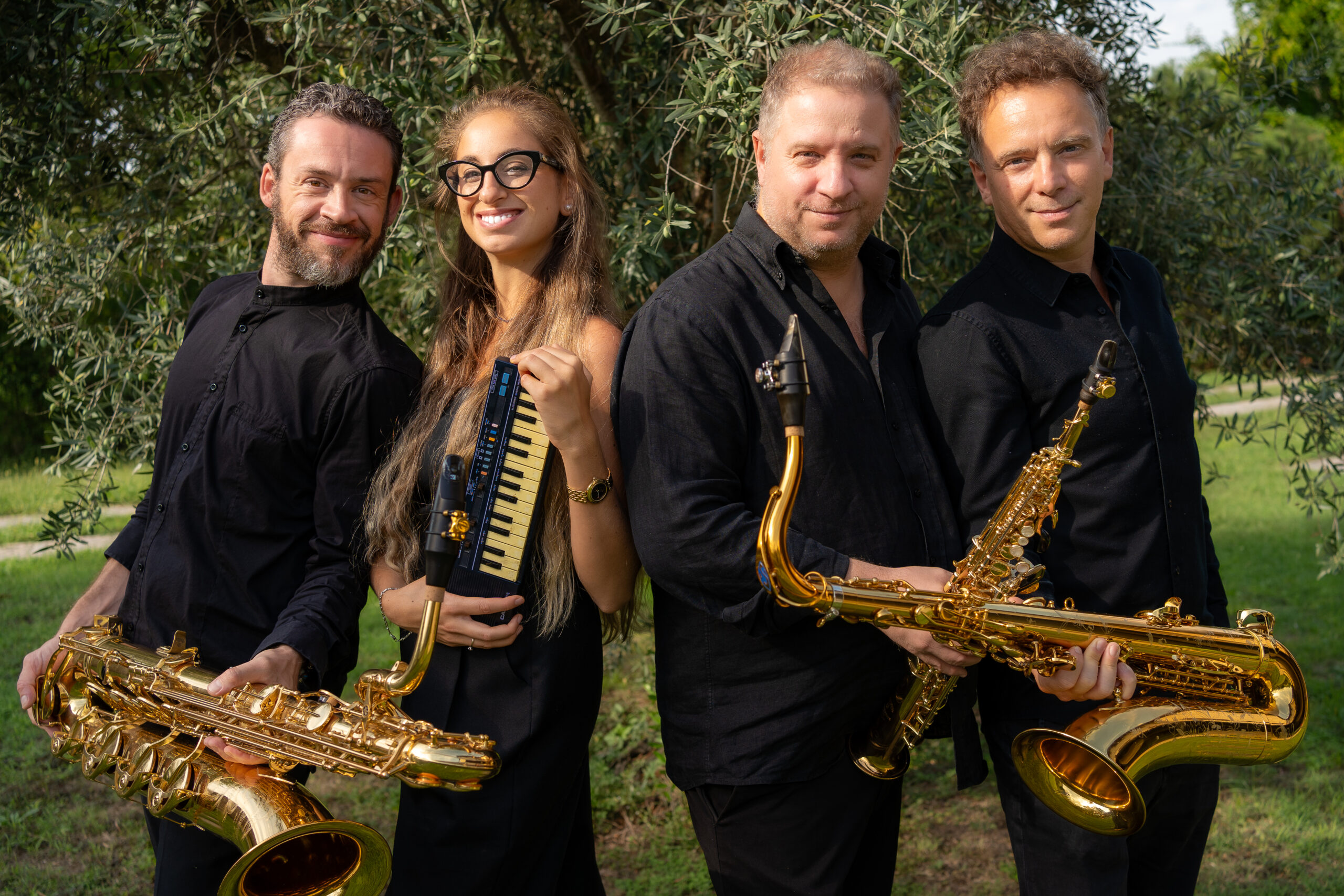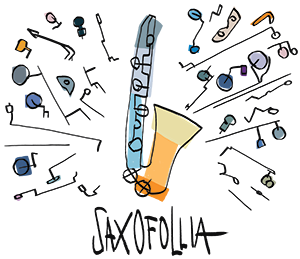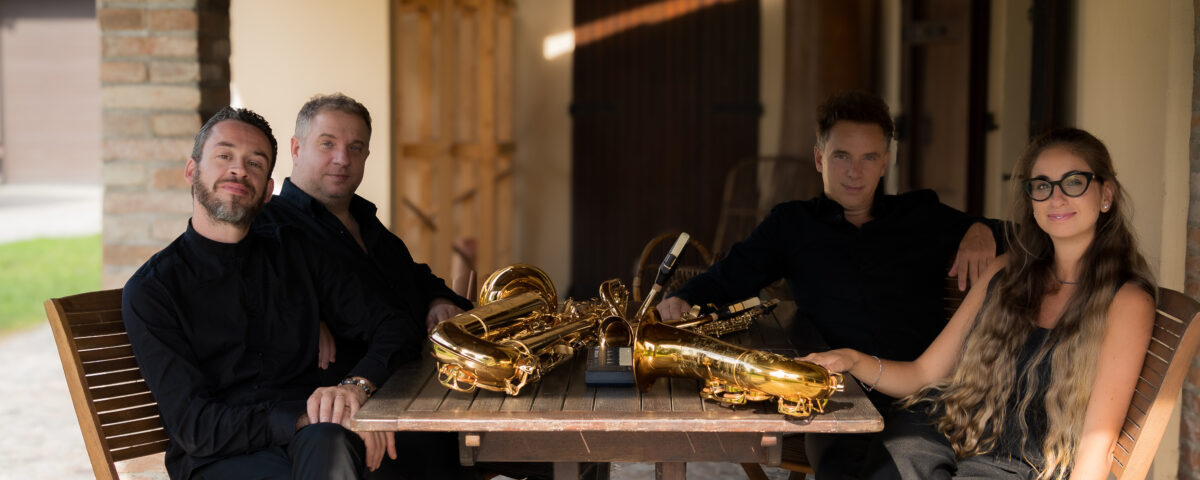
Fanano Saxophone Week 2025
February 24, 2025
Classical music is a millennia-old cultural heritage that continues to enchant and inspire across the centuries. Legendary composers such as Mozart, Mendelssohn, and Beethoven have left an indelible mark on the musical landscape with works that embody artistic excellence. However, the interpretation of these works is a dynamic and constantly evolving process that necessarily adapts to the sensitivities and technologies of modern times.
One particularly intriguing way to reinterpret the classics is through the use of an instrument like the saxophone. Patented in 1846 by Adolphe Sax, this instrument has gained a prominent role across a wide range of musical genres thanks to its tonal flexibility and unique expressive qualities. Its introduction into the classical music context opens new interpretative horizons, as its distinctive and vibrant sound adds an emotional dimension and a fresh perspective to canonical works.
Mozart’s harmonies acquire new intensity and depth when performed on the saxophone, while melodic lines are enriched with greater dynamism and tonal nuances. These reinterpretations create a bridge between different eras, allowing for a more enriched listening experience and a renewed understanding of classical music.
The integrity and authenticity of the original works are respected by the performers who, while exploring new interpretative and timbral possibilities, also maintain a strong connection to tradition. The transcriptions, all arranged by members of the ensemble, faithfully preserve the essence of the original compositions, assigning to the soprano, tenor, and baritone saxophones the parts once played by violin, clarinet, viola, or cello.
Performing Mozart’s quartets with the saxophone represents an exciting opportunity to explore new musical frontiers and to renew appreciation for the rich musical heritage of the past. Through the saxophone, classical works are made accessible and engaging for contemporary audiences, offering a unique emotional and artistic experience.



